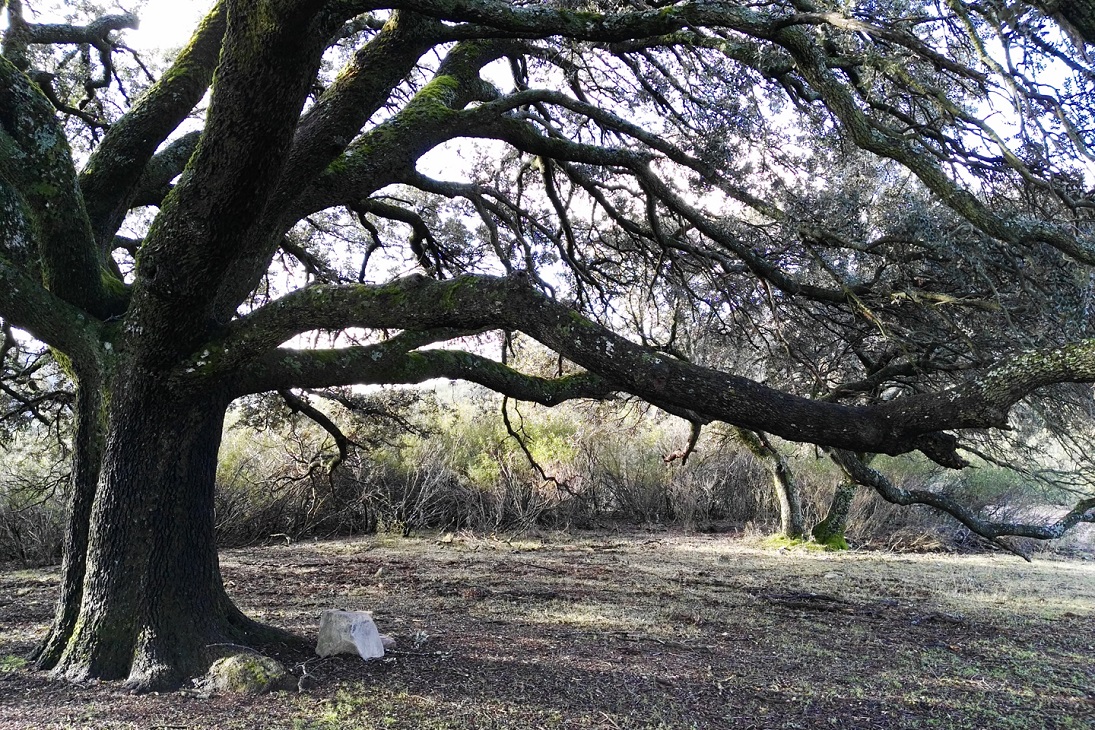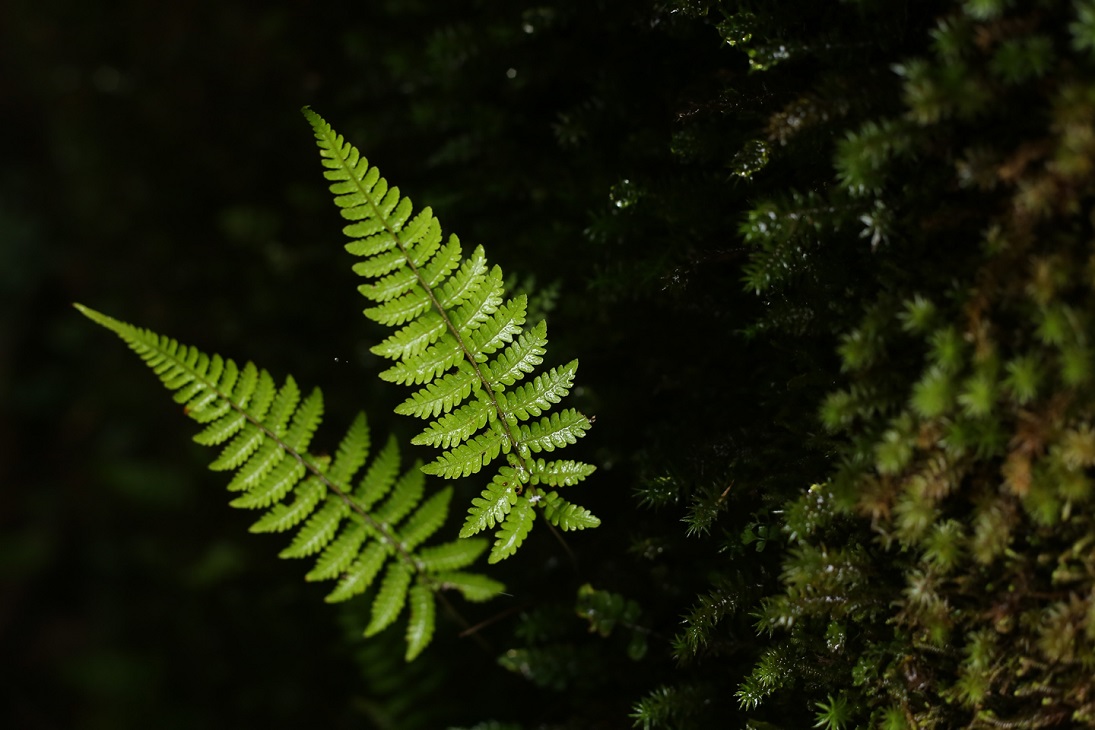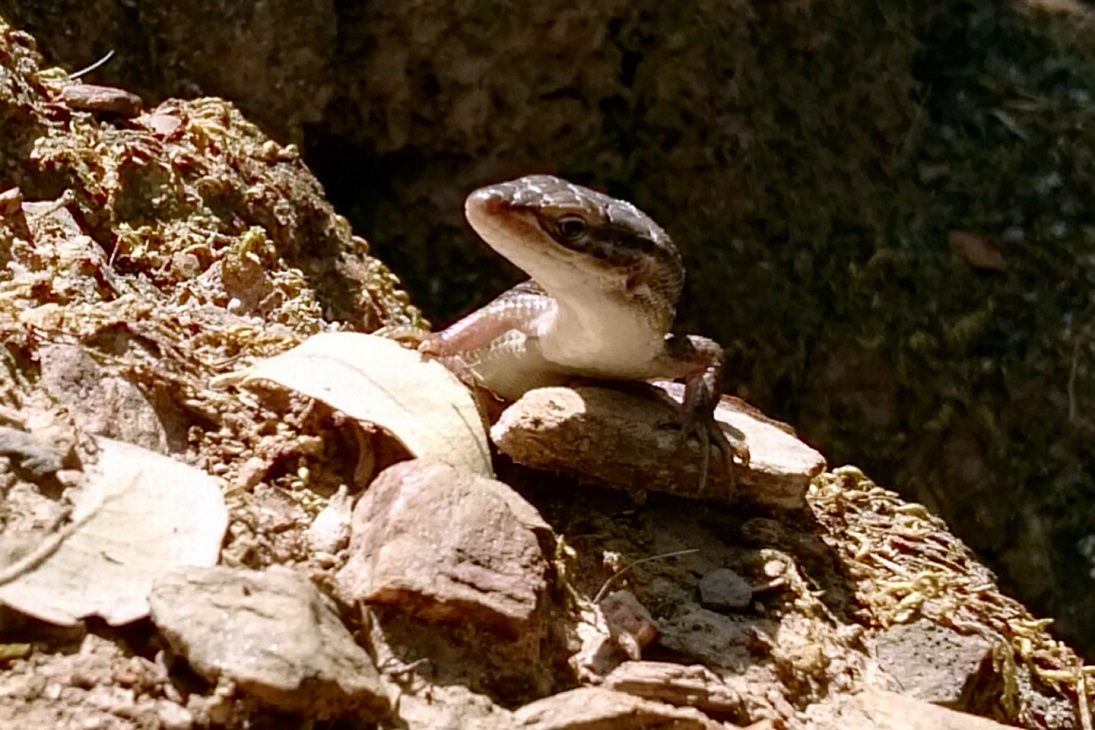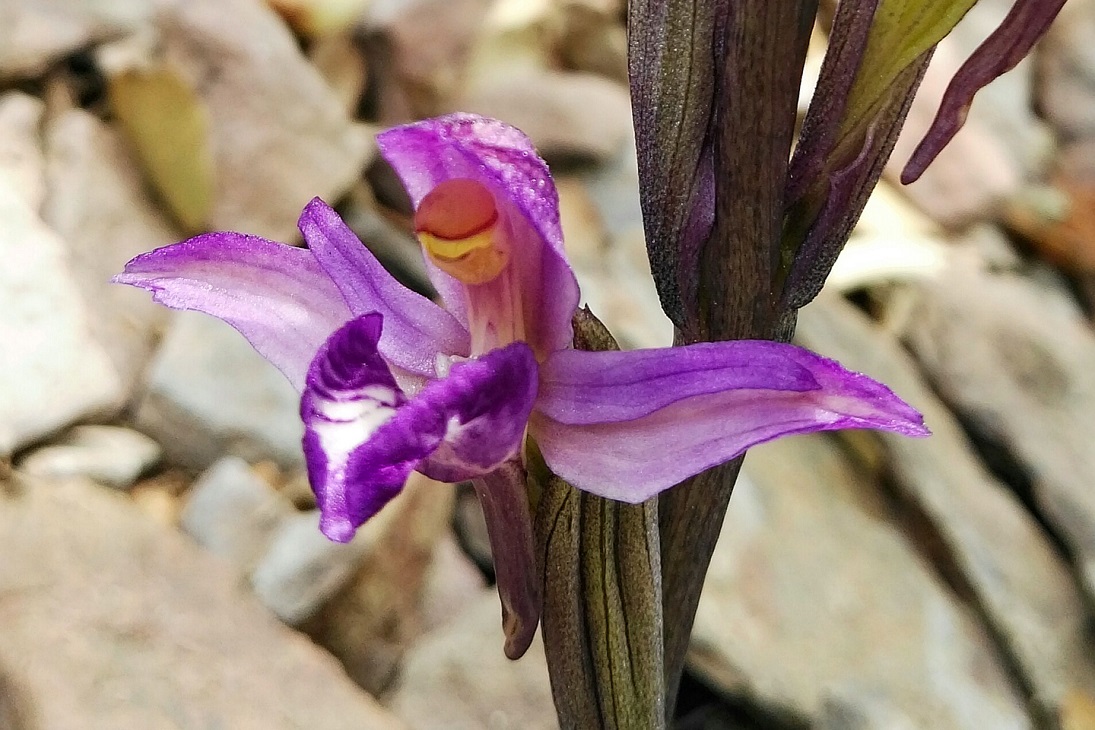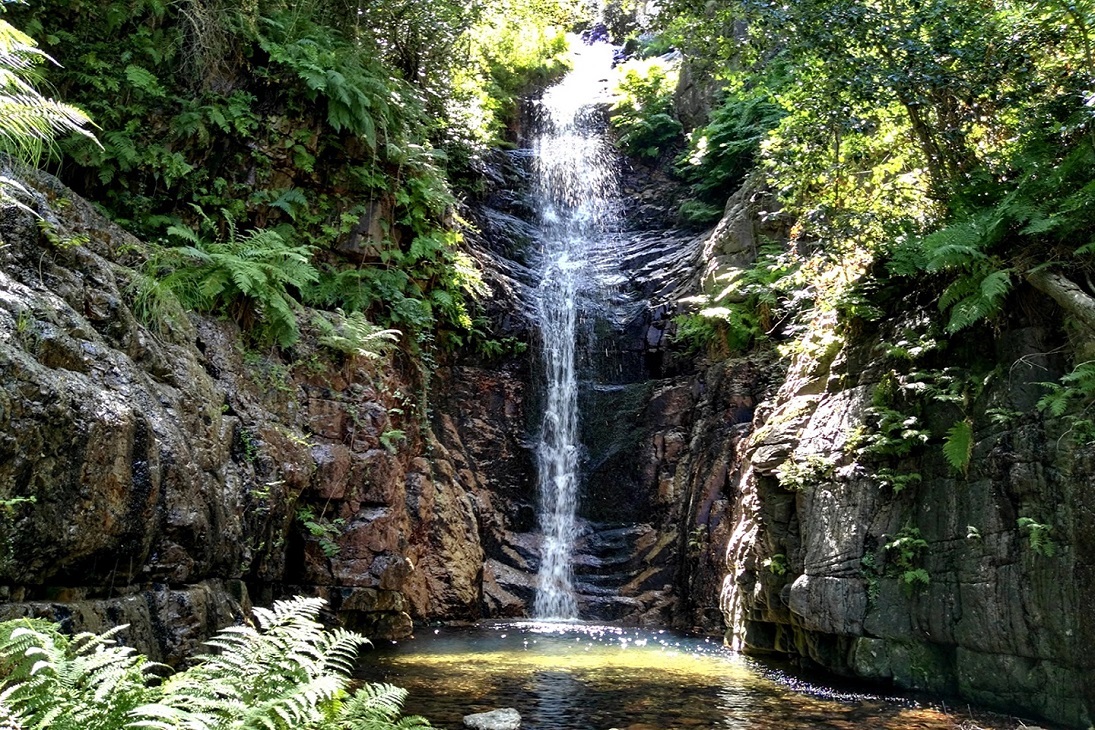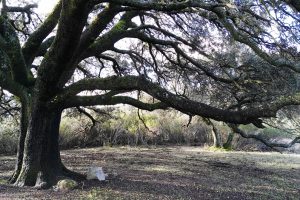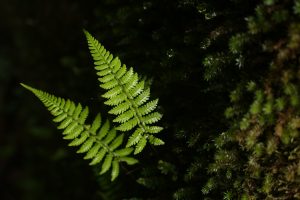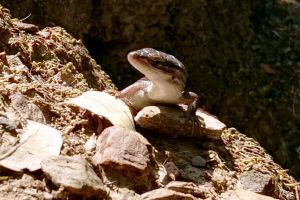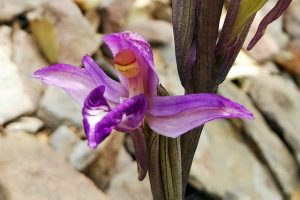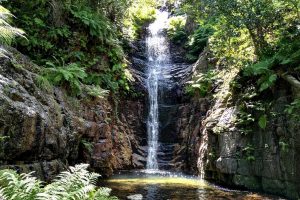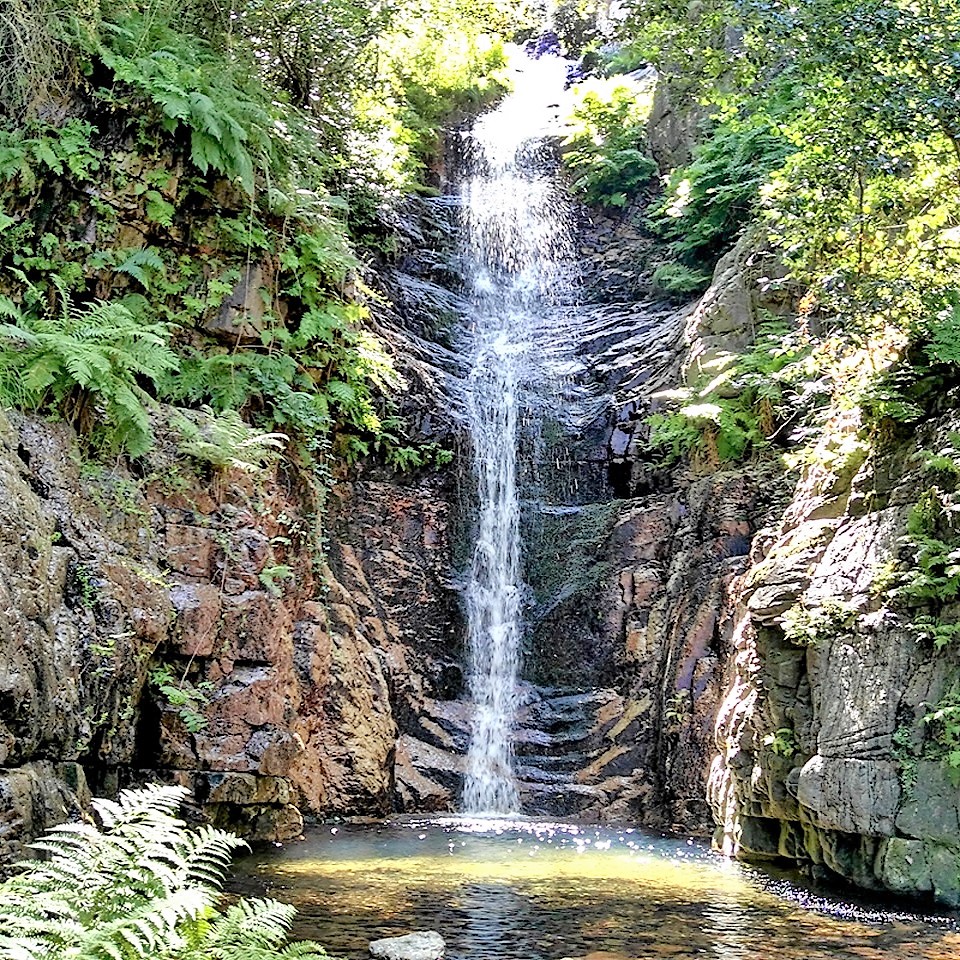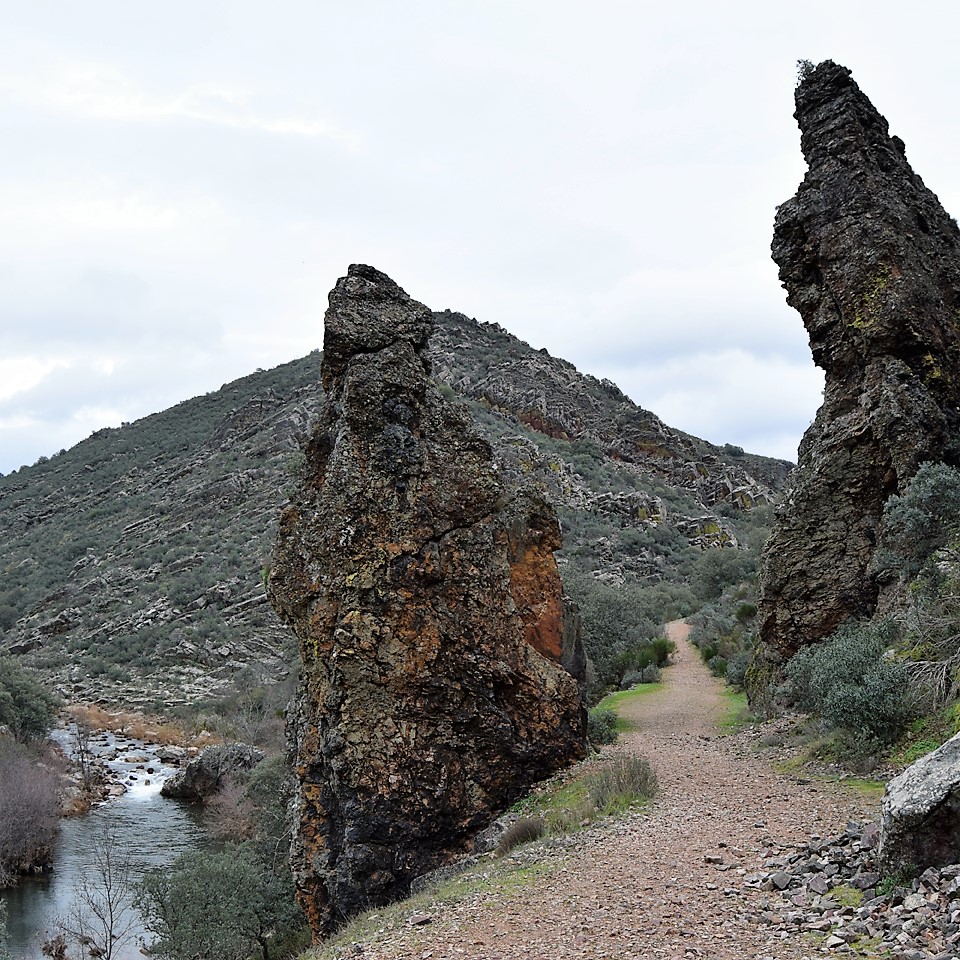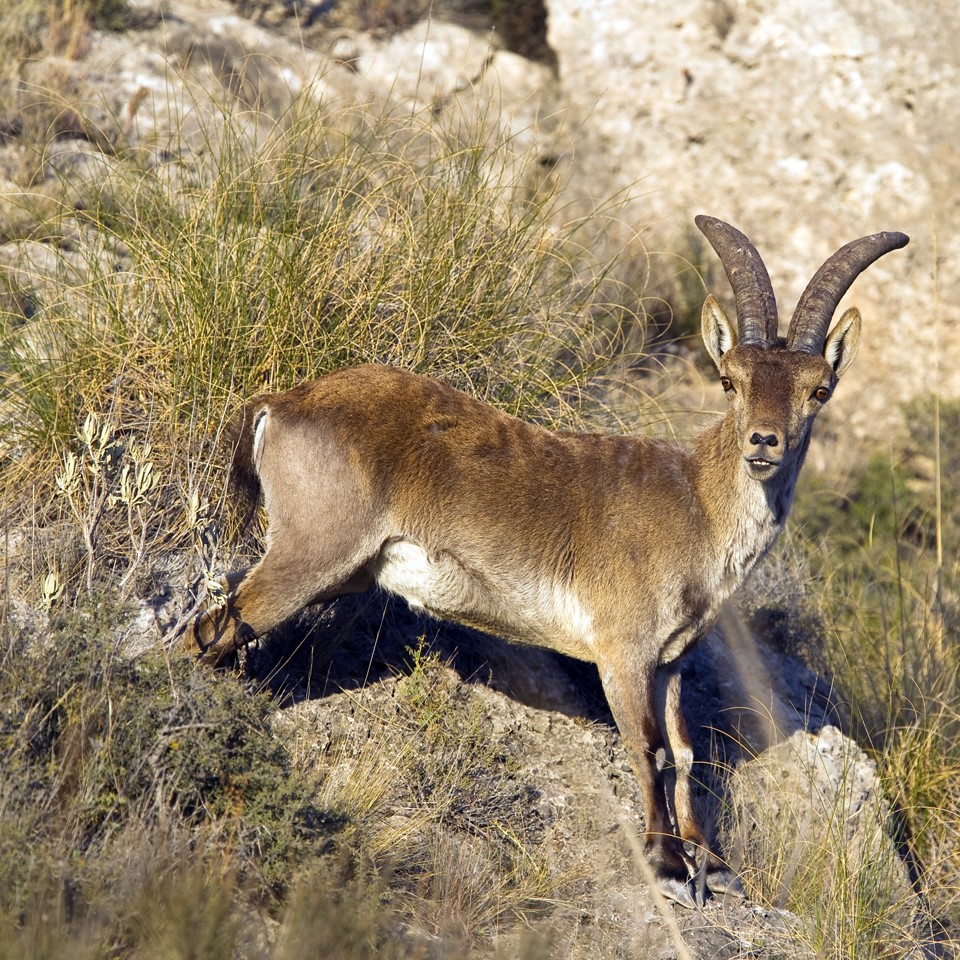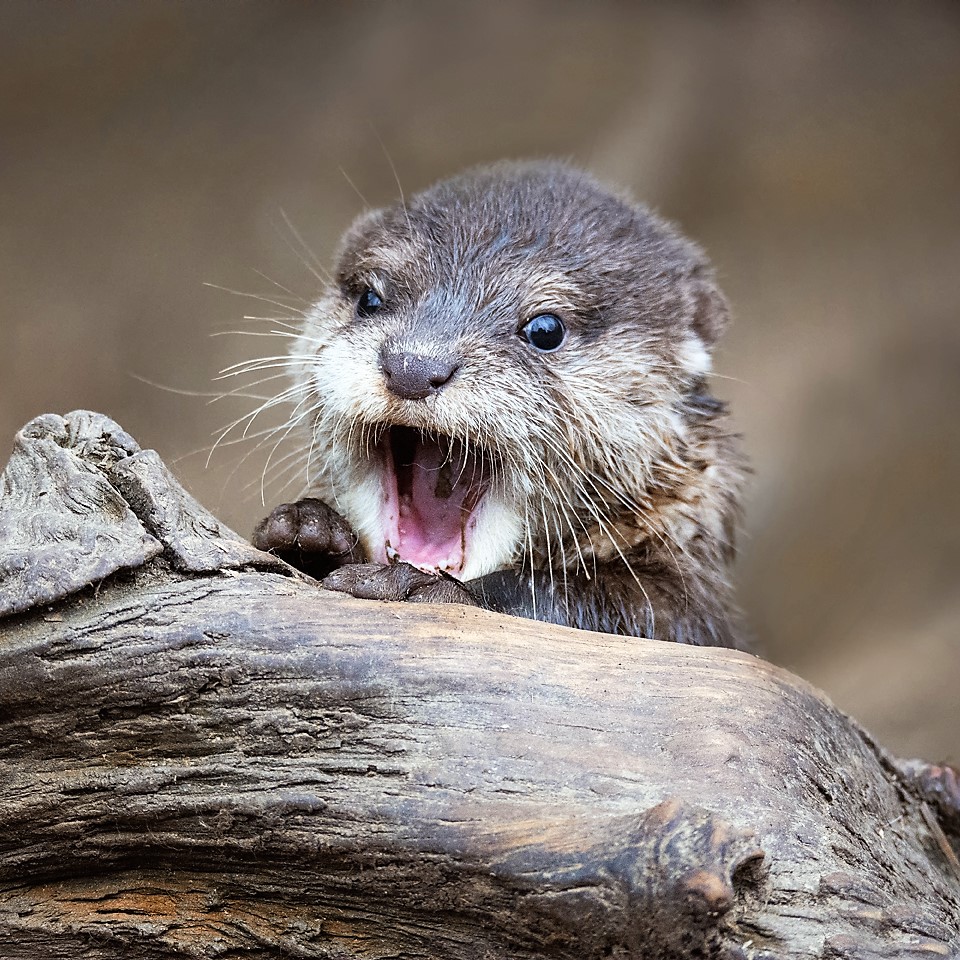ROUTE THE CHORRO, CABAÑEROS NATIONAL PARK
Cabañeros is the first National Park dedicated to the conservation of the Mediterranean forest, where the vegetation and flora that form the tapestry of the Montes de Toledo have to fight against a dry and very hot climate in summer especially. But any factor could lead to the development of another type of forest and therefore another type of vegetation, such as the riparian forest that grows next to rivers and streams, here the presence of water and humidity is essential for both flora and for all its associated fauna.
In the Ruta del Chorro we will find a multitude of diverse and little disturbed enclaves, of great floral and faunal richness, with a clear dominance of the holm oak and the rebollar in height, but its biodiversity will also be accompanied by ash and willows, maples, hawthorns, mostajos, relicts such as the yew, etc., and that give food, lodging and shelter to deer, roe deer, wild boar, martens, shrews, lizards and a varied birdlife.
Thus, through a beautiful path we will reach the waterfall of El Chorro stream, a spectacular waterfall of 18 meters, here we will be surprised by the beautiful corner where, as if it were a botanical garden, natural communities are protected. and arboreal from other eras: mother jungles, ferns, birches, holly …
Price
- Adults € 18 (€ 28 With transfer by 4×4 from Hontanar).
Difficulty: medium-low
Duration 3,5 hours.
Distance 9km.
It includes:
Optical material (Binoculars and telescopes)
Field guides / consultation (flora and fauna)
RC and AA insurance
If you want more information about the dates of the exits and conditions, send form.
Did you know… ?
The Aquatic Blackbirds (Cinclus cinclus) usually perch on stones in the middle of the water, arching the body regularly, and from there they dive and come back out.
Their demand for very clean water makes them bioindicators of rivers and streams in a good state of conservation and with very pure waters. It depends absolutely on the well-preserved courses and, therefore, its number descends alarmingly in almost all its distribution area.
They nest in rock crevices, bridges, slopes and riverbanks and feed on aquatic insects, being a specialist in capturing larvae of dragonflies, stone flies, aquatic beetles and frigáneas (larvae of trichoptera). It captures its prey by removing the stones of the river or by swimming and even diving, doing small, frequent and continuous dives of a few seconds between 5 and 10 per minute (rarely, more than 11).
[/ read]


